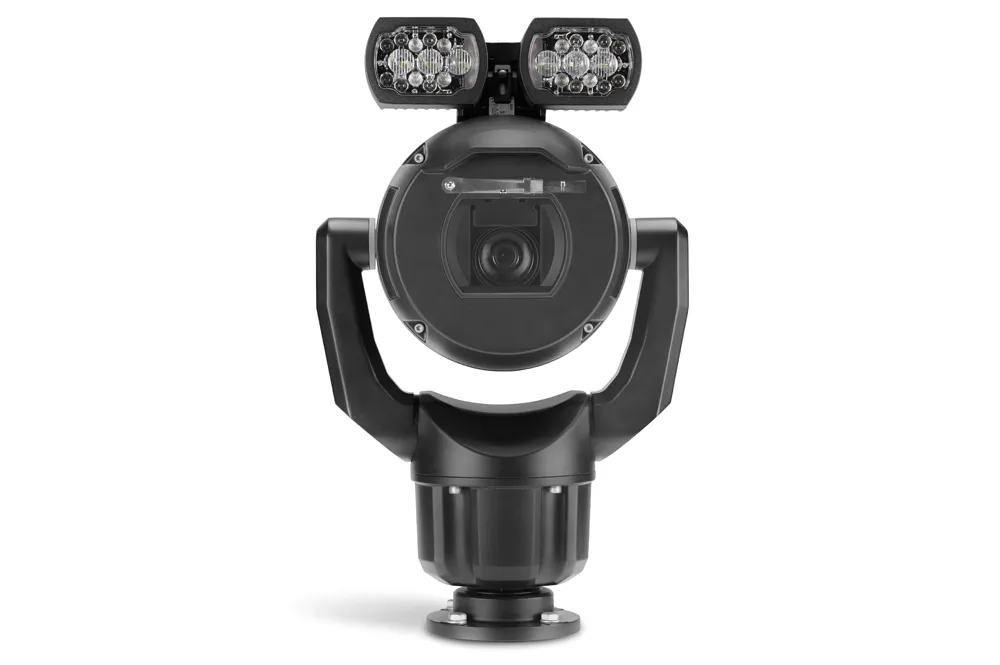Nauto is an automotive data platform powered by artificial intelligence and an after-market dual-camera device, which can equip any vehicle or fleet with sophisticated safety and networking features. The Nauto 2 system also includes a new windshield mounted hardware design, updated deep learning and computer vision algorithms and smart cloud network informed by the accumulation of more than a million miles on urban streets and highways. Nauto’s scoring system, Vera (Vision Enhanced Risk Assessment), includes a risk rating for the frequency and severity of distraction events.
Because Nauto learns from other drivers, the road and conditions around vehicles in the Nauto network, fleets equipped with Nauto have access to features such as automatically uploaded video of significant events and insights delivered in real time to help fleet managers improve overall driver performance and enhance the safety and efficiency of an entire fleet.
Nauto unveils video-enhanced driver distraction detection feature
US transportation technology company Nauto has upgraded its Nauto 2 system to detect distracted driving, an aftermarket platform that uses video and artificial intelligence to detect whenever a driver’s eyes divert from the road or engage in other distracted behaviour. It then automatically uploads it and scores the event’s severity via a secure app. Nauto is an automotive data platform powered by artificial intelligence and an after-market dual-camera device, which can equip any vehicle or fleet with sophi
May 5, 2017
Read time: 2 mins
US transportation technology company Nauto has upgraded its Nauto 2 system to detect distracted driving, an aftermarket platform that uses video and artificial intelligence to detect whenever a driver’s eyes divert from the road or engage in other distracted behaviour. It then automatically uploads it and scores the event’s severity via a secure app.









